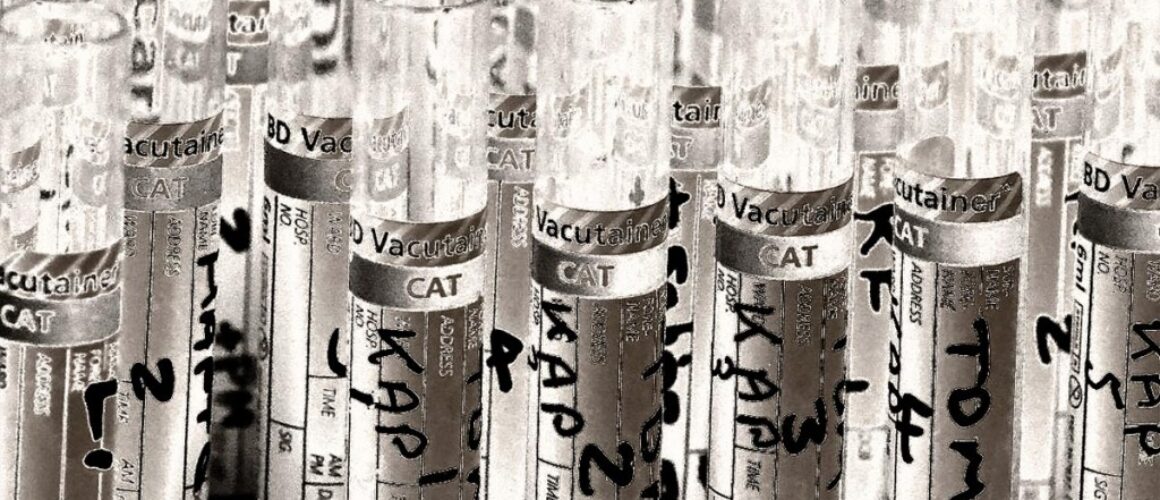Autism and Learning Disabilities: The Top 10 Possible Chemical Causes
In April of 2012, the Mount Sinai Children’s Environmental Health Center (CEHC) released a list of the top ten toxic chemicals suspected to cause autism and learning disabilities.
This list can’t come soon enough, as earlier, the CDC reported that autism spectrum disorder (ASD) now affects 1 of every 88 American children—a 23% increase from 2006 and a 78% increase from 2002.
And while there is controversy over how those numbers are reached, it still is worth repeating. There has been a 78% increase in children diagnosed with autism spectrum disorder in the last ten years. At the same time, the CDC also reported that ADHD now affects 14% of American children.
As these disorders continue to affect more children across the U.S., researchers are asking what is causing these dramatic increases. Some of the explanation is greater awareness and more accurate diagnosis. But clearly, there is more to the story than simply genetics, as the increases are far too rapid to be of purely genetic origin.
According to the Mount Sinai Children’s Environmental Health Center (CEHC) release this morning and data from the research article, “Environmental Pollutants and Disease in American Children (July 2002), “the National Academy of Sciences reports that 3% of all neurobehavioral disorders in children are caused directly by toxic exposure in the environment and another 25% disorders are caused by interactions between environmental factors and genetics. But the precise environmental causes are not yet known”. (Note: the first version of this article included a link to the National Academy of Sciences study from 2000 and has been updated to include a link to the July 2002 study).
So while industry can claim that there is little evidence that these chemicals in isolation or in combination (which doctors now refer to as “synergistic toxicity”) cause autism, the truth is that there is still very little evidence or the toxicological safety studies. In other words, there is a gap in the science.
There is a huge gap. According to CNN, the EPA has tested only about 200 of the 80,000 chemicals in use.
But thankfully, that is changing with the work of the team at Mt. Sinai and the extraordinary leadership, courage and intellect of Dr. Phil Landrigan and the urgent call by experts to reform chemical laws.
To guide a research strategy to discover potentially preventable environmental causes and to arm parents and those hoping to be parents with knowledge, the Children’s Environmental Health Center (CEHC) has developed a list of ten chemicals found in consumer products that are suspected to contribute to autism and learning disabilities.
This list was published today in Environmental Health Perspectives in an editorial written by Dr. Philip J. Landrigan, director of the CEHC, Dr. Linda Birnbaum, director of the National Institute for Environmental Health Sciences (NIEHS), and Dr. Luca Lambertini, also of the CEHC.
The top ten chemicals are:
- Lead
- Methylmercury
- PCBs
- Organophosphate pesticides
- Organochlorine pesticides
- Endocrine disruptors
- Automotive exhaust
- Polycyclic aromatic hydrocarbons
- Brominated flame retardants
- Perfluorinated compounds
As the Children’s Environmental Health Center shares, the editorial was published alongside four other papers—each suggesting a link between toxic chemicals and autism. Both the editorial and the papers originated at a conference hosted by CEHC in December 2010.
The first paper, written by a team at the University of Wisconsin—Milwaukee, found preliminary evidence linking smoking during pregnancy to Asperger’s disorder and other forms of high-functioning autism. The next two papers, written by researchers at the University of California—Davis, show that PCBs disrupt early brain development. The final paper, also by a team at UC—Davis, suggests further exploring the link between pesticide exposure and autism.
Ultimately, all five papers call for increased research to identify the possible environmental causes of autism in America’s children.
This importance of this call to action can not be emphasized enough, because while our children may only represent 30% of our population, they are 100% of our future and we need to protect them like our country depends on it. Because it does.
So what can you do to protect the health of your children? Thankfully, a lot. And while none of us can do everything, all of us can do something, so choose one, some or all from the list below:
- Eat organic food whenever possible to reduce exposure to synthetic pesticides which by law are not allowed for use in its production
- Open your windows to clear the air in your home from the toxins that can accumulate there
- Take your shoes off as you come inside to keep pesticides on the soles of your shoes from entering your home
- Look for cans and plastic bottles that are “BPA-free”
Want to learn more? Please visit Healthy Child Healthy World
